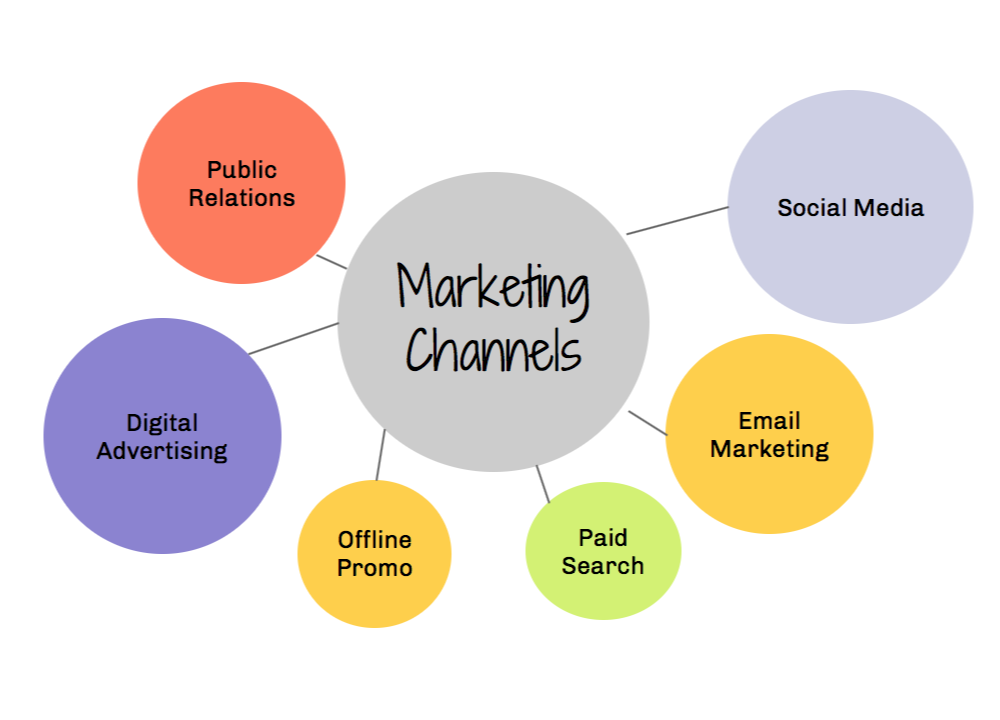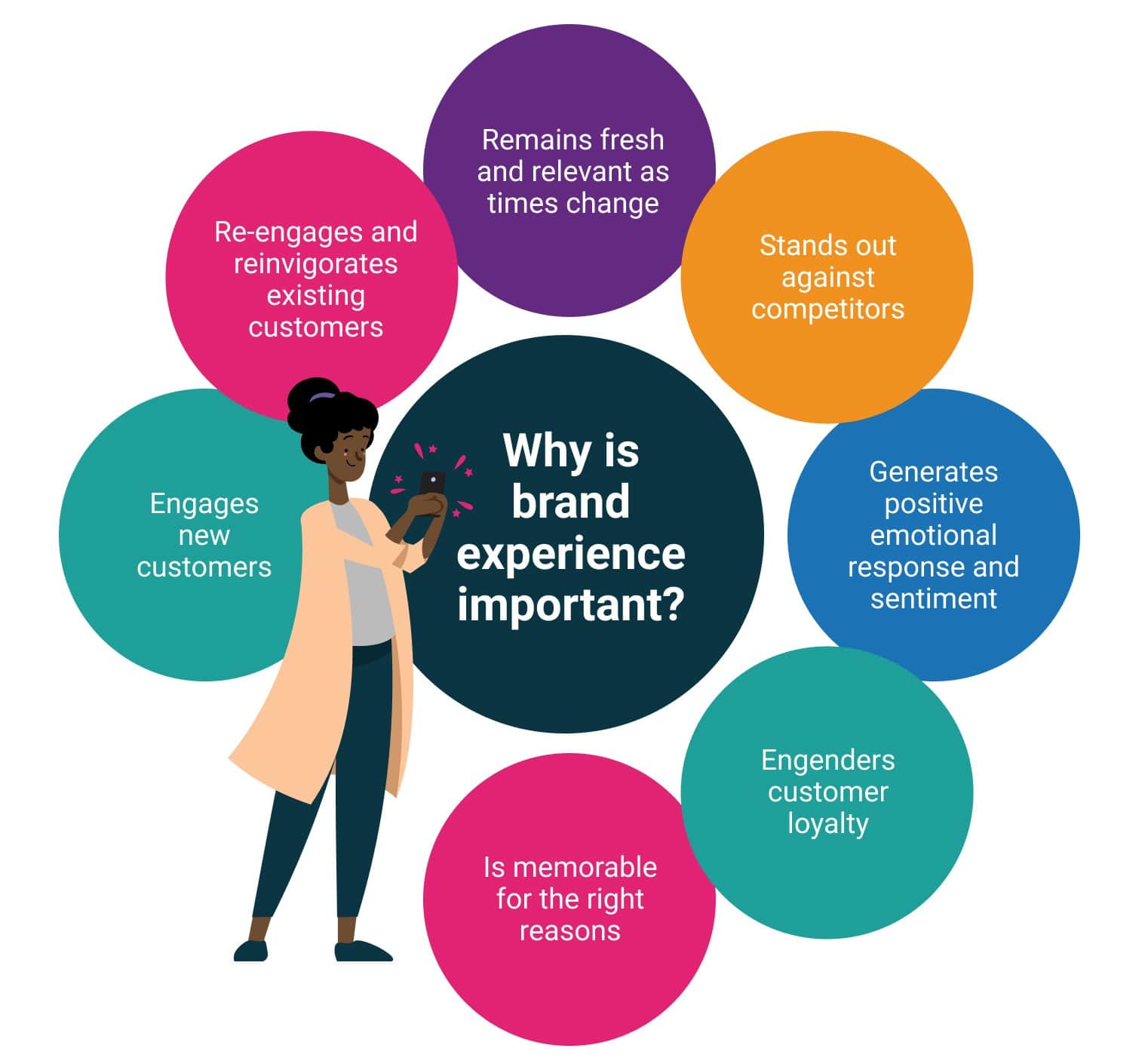The Importance of Omnichannel Presence in Modern Lead Generation
Lead generation isn’t what it used to be. Gone are the days when a cold call or a single email blast could fill a sales pipeline. Today’s buyers are everywhere—scrolling through social media, checking emails, attending webinars, reading blog posts, and even interacting with brands via chatbots. To keep up, businesses need more than just a presence—they need a cohesive strategy that connects every touchpoint.
Integrated marketing ensures that every message, campaign, and interaction works together seamlessly. It creates a unified brand experience, guiding prospects through the buyer’s journey no matter where they engage.
In this article, we’ll explore why an omnichannel presence is essential for modern lead generation, how integrated marketing makes it possible, and practical strategies to help your business thrive.
Quick Takeaways
- Aligning messaging across channels creates a cohesive brand experience that builds trust and engagement.
- Engaging prospects across multiple platforms increases visibility and improves lead generation outcomes.
- Integrated marketing allows businesses to collect and analyze data for more targeted, personalized customer interactions.
- A unified approach helps both teams work together effectively, leading to more qualified leads and higher conversion rates.
What Is Integrated Marketing and Why It Matters
Integrated marketing is a strategic approach that ensures every message, campaign, and customer interaction is connected. Rather than treating marketing channels as separate silos, integrated marketing aligns them to deliver a unified brand experience.

This means your email campaigns, social media posts, paid ads, webinars, and even in-person events all tell the same story, reinforcing your brand’s value at every touchpoint.
Why does this matter for lead generation? Because consistency builds trust. When prospects receive the same message, tone, and value proposition across channels, it reinforces brand credibility and keeps your business top of mind.
Plus, integrated marketing makes your marketing efforts more efficient. Instead of juggling disconnected campaigns, you’re working with a cohesive strategy that amplifies your reach and impact.
Some key benefits of integrated marketing include:
- Consistent Messaging: Ensures your brand voice is clear and recognizable, no matter where prospects engage.
- Seamless Customer Journeys: Reduces friction as leads move between channels, creating a more natural path from awareness to conversion.
- Stronger Data Insights: Helps you gather and analyze data across platforms, giving you a comprehensive view of customer behavior.
- Improved ROI: Maximizes the impact of your marketing spend by ensuring all efforts support a common goal.
Integrated marketing is the foundation of an effective omnichannel lead generation strategy.
The Shift Toward Omnichannel in Lead Generation
Modern buyers don’t follow a straight line from discovery to decision. Instead, they move through a web of touchpoints, switching between devices and platforms based on convenience, interest, and need.
One day they might engage with your brand on LinkedIn, the next through a targeted email, and later by visiting your website after seeing an online ad. This shift in behavior has made an omnichannel presence essential for lead generation.
An omnichannel approach ensures that no matter where a prospect interacts with your brand, they receive a consistent, personalized experience. It’s about meeting people where they are, with the right message at the right time, across the channels they trust most. This creates a seamless journey that feels natural to the buyer, even if they’re bouncing between platforms.

\
The benefits of an omnichannel lead generation strategy include:
- Higher Engagement Rates: Prospects are more likely to interact with brands that meet them on their preferred channels.
- Increased Trust and Brand Loyalty: Consistent experiences build familiarity and credibility, making it easier to nurture long-term relationships.
- Better Conversion Rates: When every touchpoint supports the buyer’s journey, leads are more likely to move smoothly from interest to action.
- Data-Driven Personalization: By tracking engagement across channels, businesses can tailor content and offers to match individual preferences.
Businesses that embrace omnichannel lead generation powered by integrated marketing are better positioned to attract, engage, and convert digitally connected buyers.
How to Build an Effective Omnichannel Lead Generation Strategy
Creating an omnichannel lead generation strategy is about ensuring those platforms work together to create a seamless, consistent experience. Here’s how to build a strategy that aligns with modern buyer behavior:
A. Align Marketing and Sales Efforts
Marketing and sales can no longer operate in silos. For an omnichannel approach to work, these teams must collaborate closely, sharing data, goals, and strategies. When marketing understands what qualifies as a strong lead, and sales knows the messaging that’s resonating with prospects, it creates a unified effort that nurtures leads more effectively.
B. Identify Key Channels for Your Audience
Not every channel will be right for every business. The key is to identify where your target audience spends their time—whether it’s social media, email, webinars, search engines, or industry events. Focus your efforts on these channels to maximize engagement while ensuring you’re present across multiple touchpoints to capture leads at different stages of their journey.
C. Leverage Technology and Automation
Marketing automation tools and CRM systems are essential for managing omnichannel strategies. They help streamline campaigns, track customer interactions across platforms, and ensure consistent messaging. Automation also allows for timely follow-ups, personalized content delivery, and efficient lead nurturing without overwhelming your team.
D. Personalize Messaging at Every Touchpoint
Modern buyers expect personalized experiences. Use data from customer interactions to tailor your messaging based on behavior, preferences, and where the prospect is in their journey. Personalization is about delivering relevant content that resonates with the prospect’s needs and interests.
E. Continuously Measure and Optimize
An effective omnichannel strategy requires ongoing analysis. Track key metrics like engagement rates, conversion rates, and customer feedback to see what’s working and where improvements are needed.
Use these insights to refine your approach, test new strategies, and continuously optimize for better results.
Challenges of Managing an Omnichannel Presence (and How to Overcome Them)
While the benefits of an omnichannel lead generation strategy are clear, managing it effectively comes with its own set of challenges. Here are some common obstacles—and how to overcome them:
1. Maintaining Consistency Across Channels
With multiple channels in play, it’s easy for messaging to become fragmented. Inconsistent branding can confuse prospects and weaken your value proposition.
How to Overcome: Develop clear brand guidelines that cover tone, messaging, and visuals. Ensure all teams and stakeholders are aligned with these standards to maintain consistency.
2. Data Silos Limiting Visibility
When different teams or platforms store customer data separately, it creates gaps in understanding the full customer journey. This can lead to missed opportunities and ineffective targeting.
How to Overcome: Implement integrated CRM and marketing automation tools that centralize data. This provides a unified view of each prospect, allowing for more informed decisions and personalized outreach.
3. Resource Allocation and Channel Overload
Managing multiple channels can stretch marketing and sales teams thin, leading to burnout or inconsistent execution.
How to Overcome: Focus on quality over quantity. Prioritize the channels that deliver the most value for your audience and automate repetitive tasks to free up time for high-impact activities.
4. Measuring the Impact of Each Channel
It can be challenging to determine which channels are driving the most leads and conversions, especially when buyers engage across multiple touchpoints.
How to Overcome: Use multi-touch attribution models to track the customer journey across channels. This helps identify which interactions contribute most to conversions and where to invest resources for maximum ROI.
Unlock Lead Generation Potential Today with Televerde
An effective omnichannel lead generation strategy starts with integrated marketing, ensuring consistent messaging and seamless customer experiences across every touchpoint. By aligning marketing efforts and leveraging data-driven insights, businesses can engage prospects more effectively and drive sustainable growth.
Televerde can help your organization implement integrated marketing strategies to generate, qualify, and nurture leads. Contact us today to schedule a consultation with our expert team.


